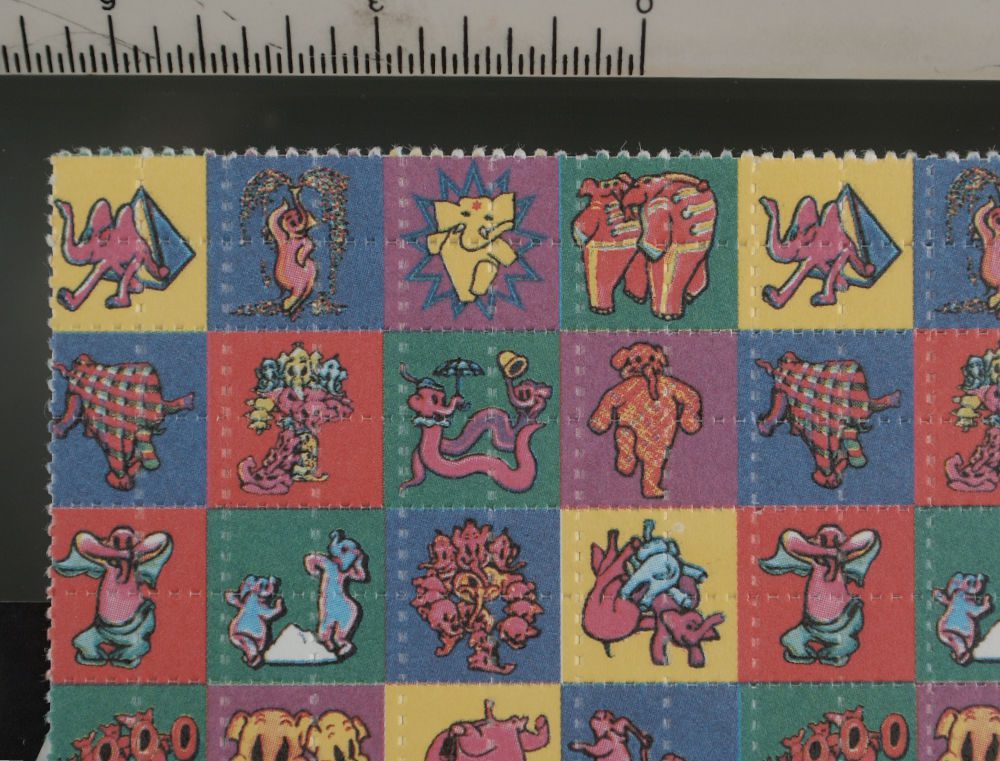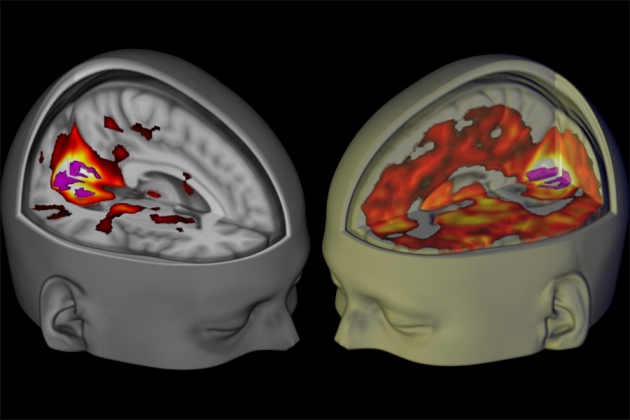Few
years back, I got a frantic phone call from a friend. It was 4 AM so between my
annoyance being woken up before dawn, I asked him what the hell happened. He
told me he was on this party and they did some drugs. At that moment, I just
knew this wouldn’t be a nice phone call. He said he took some ‘acid’ and now he
didn’t feel well. Everything around him seemed distorted. He was ‘seeing sounds’
and ‘hearing colours’. When I told him to go to the hospital, he fearfully told
me he couldn’t because the medics would turn him in.
He had a
good point, though ... the laws concerning narcotics in Indonesia is pretty strict.
So out of desperation, I told him to find himself a green coconut water
somewhere. What else could I do? His friends left him when he got too ‘high’. They
just dumped him back at his place and left. So much for good friends.
Some of
you might heard about LSD or ‘Acid’. They usually looked like stamps and people
put them on their tongue. It was known as drugs used by hippies, besides marijuana.
There is even a song about it, ‘Lucy in the Sky with Diamonds’. There are
several positive ‘reviews’ on how LSD influence arts and society. Many said it
was an enlightning experience, getting high on acid. However, I’m going to
write a little bit about LSD and its effect.

Lysergic
acid diethylamide (LSD) is a classic hallucinogen drug. It worked by binding to
the serotonin receptors in human brain, that mediates the hallucinogenic effect
by activating the frontal cortex glutamate transmission. It mimics the effect
of the chemicals on your brain called ‘glutamate’, causing an increasing
activity of the part of your brain – the sensory and cognitive processing. LSD
also binds the adrenergic and dopaminergic receptions, which is not the case
for other classic serotogenic hallucinogens.
On a studies
using validated psychometric scale on 2017, the subjective effects of LSD were
predominantly positive in controlled settings. However at the dose of 200 μg negative effects also
reported. LSD at this dose also used in LSD-assisted psychotherapy in
Switzerland.

The
picture showed us which part of the brain activity is increasing after LSD
exposure (right). This lasts for about eight hours. The hallucination or ‘psychadelic’
effect, was said to be a result of the increasing visual cortex communication
with the other areas of the brain. This was similar to the psilocybin or ‘magic
mushroom’. There was also a reduce in blood flow, so the neurons that normally
act together lost its synchronization. Some volunteers in the experiment said
that they feel themselves ‘becoming less a singular entity and melded with
people and things around them’. However, the ‘good’ effects are vary. Some
reported effects include : flashbacks, euphoria, anxiety and paranoid.
LSD is relatively safe when used in medical
settings and according to safety guidelines. However in unsupervised
settings LSD could causes harm to the users. Acute adverse effects up to
10–24 hours after LSD administration included difficulty concentrating,
headache, dizziness, lack of appetite, dry mouth, nausea, imbalance, and
feeling exhausted. Headaches and exhaustion may last up to 72 hours. In my
friend’s case, he said he’s not feeling well for good three days afterwards.
A case report on 2015 wrote that the user of LSD
experience feelings of ‘trapped’, increasing heart rate, hallucinations and the
subject was driven to the point of attempted suicide. The LSD was ‘25I-NBOMe’ a hallucinogen synthesized for
research purposes. It has even higher affinity in the receptor. Thus, the
ffects are also stronger. Most common adverse reaction is an acute episode of
anxiety or panic (“bad trip”) that resolves with reassurance and the use of
benzodiazepines. This NBOMes also caused tachycardia, palpitations,
clonus, pyrexia, elevated creatine kinase, severe agitation, delirium,
tonic-clonic seizures, renal failure, fatal overdoses and traumatic deaths.
There isn’t any ‘directions’ on the drugs one get
form the street. The risks of overdose are pretty high, because one cannot
measure the dose alone. We also can never tell which one is the real LSD and
which one is not, as well as when will we get the good or the bad ‘trip’. The
NBOMes is one of the drugs that difficult to detect, due to the high potency
and small dose ingested. In conclusion, when one wishes to get high or
hallucinating using the ‘acid’ they get from the street, they must remember
that (1) the careless way the maker might use to make it and (2) one should not
use it alone without a sober ‘friend’ and last but not least (3) the narcotics
law.
Further reading :
Cormier, Z., 2016. Nature.com.
[Online]
Available at: https://www.nature.com/news/brain-scans-reveal-how-lsd-affects-consciousness-1.19727
[Diakses 14 July 2019].
Liechti, M.
E., 2017. Modern clinical research on LSD. Neuropsychopharmacology, XLII(11).
Suzuki, J., Poklis, J. L. &
Poklis, A., 2015. My friend said it was good LSD : a suicide attempt following
analytically confirmed 25l-NBOMe I


